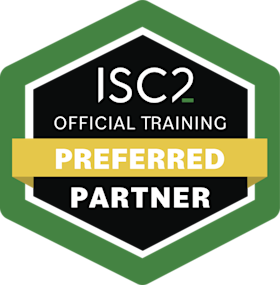Official ISC2 Online Self-Paced SSCP Training is a groundbreaking way to prep for certification that uses artificial intelligence to customise your learning journey. It pinpoints areas that require additional focus and guides you through your exam prep in a way that’s truly personalised.
Study smarter, not harder, with these key advantages:
Personalised instruction – Content, pace and difficulty adapt to your individual knowledge, learning speed and confidence level.
Enhanced engagement – Immediate feedback and dynamic content enable you to learn at an appropriate level.
Time savings – Training time is optimised by focusing on areas that require the most review.
Improved learning outcomes – The platform identifies areas requiring further review and provides targeted support to maximise your understanding of the content.
Systems Security Certified Practitioner (SSCP) training leverages the power of artificial intelligence, guiding students through a self-paced learning experience adapted to their unique needs. It covers information security concepts and best practices for implementing, monitoring, and administering IT infrastructure using information security policies and procedures, ensuring the confidentiality, integrity, and availability of data.
With the purchase of SSCP Self-Paced Training, each student will receive:
Self-paced online adaptive learning journey
Data-driven analytics dashboard for real-time feedback on learner progress
Robust search functionality to narrow topics
Pre- and post-course assessments
Knowledge checks and end-of-domain quizzes
Digital eTextbook
Interactive content
Domain-by-domain study sheets with key points
Email content support
Online interactive flash cards
Glossary of Terms
24/7/365 chat technical support (Support is provided directly via ISC2)
Please note: The exam is not included in the course fee but can be purchased separately. Please contact us for a quote.
ISC2 may require up to ten days to issue the self-paced material after it has been purchased.
Can’t see the video above? Click here to open it in a new screen.

